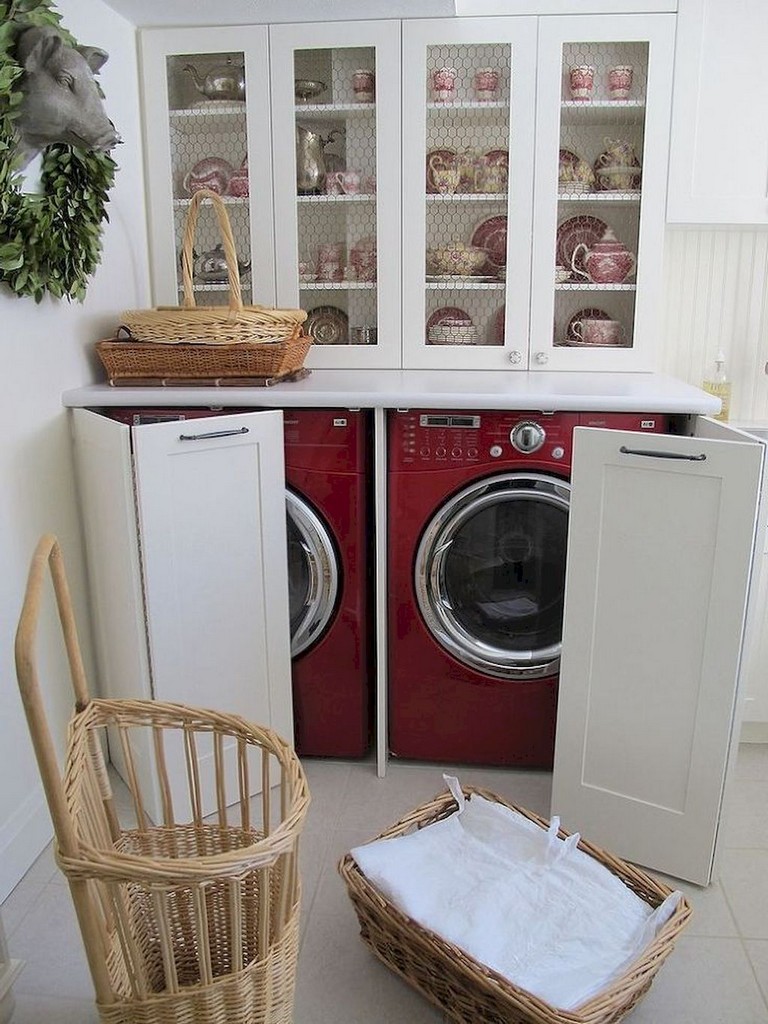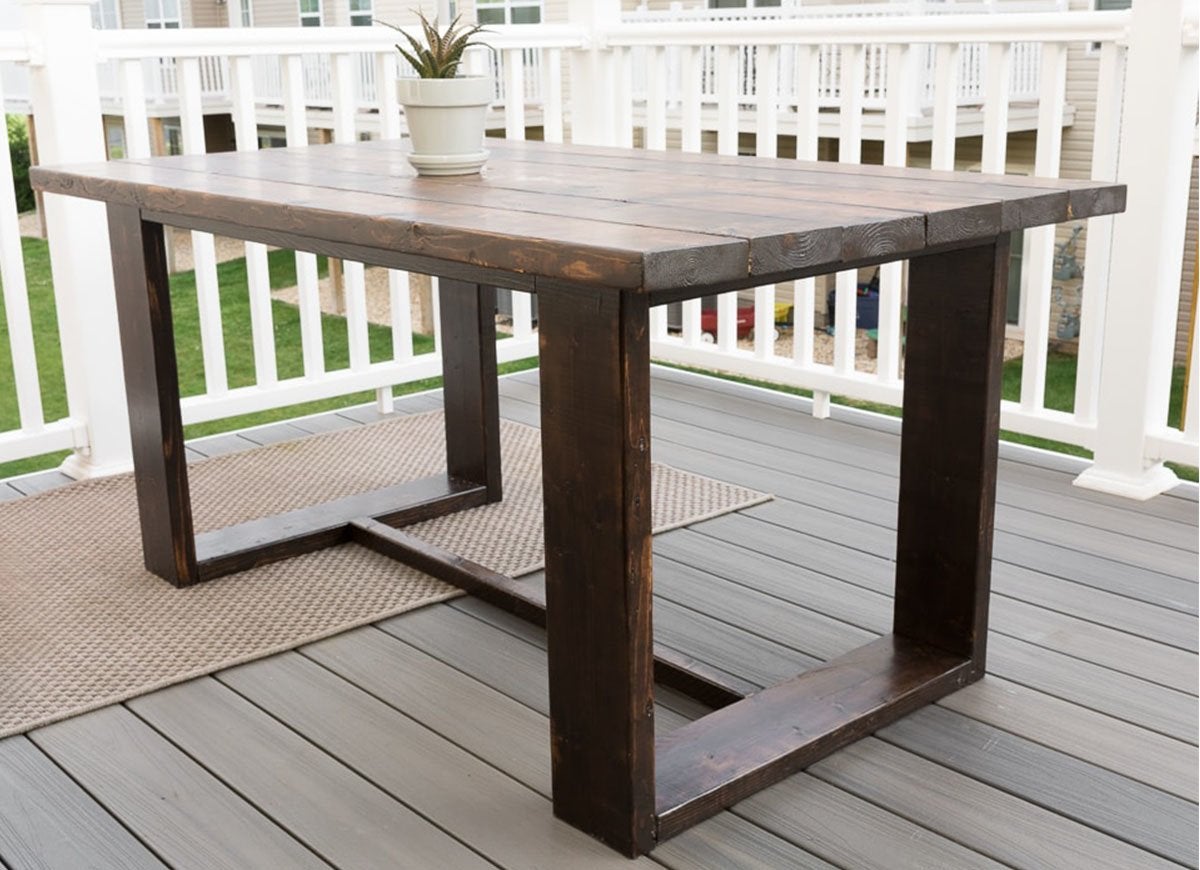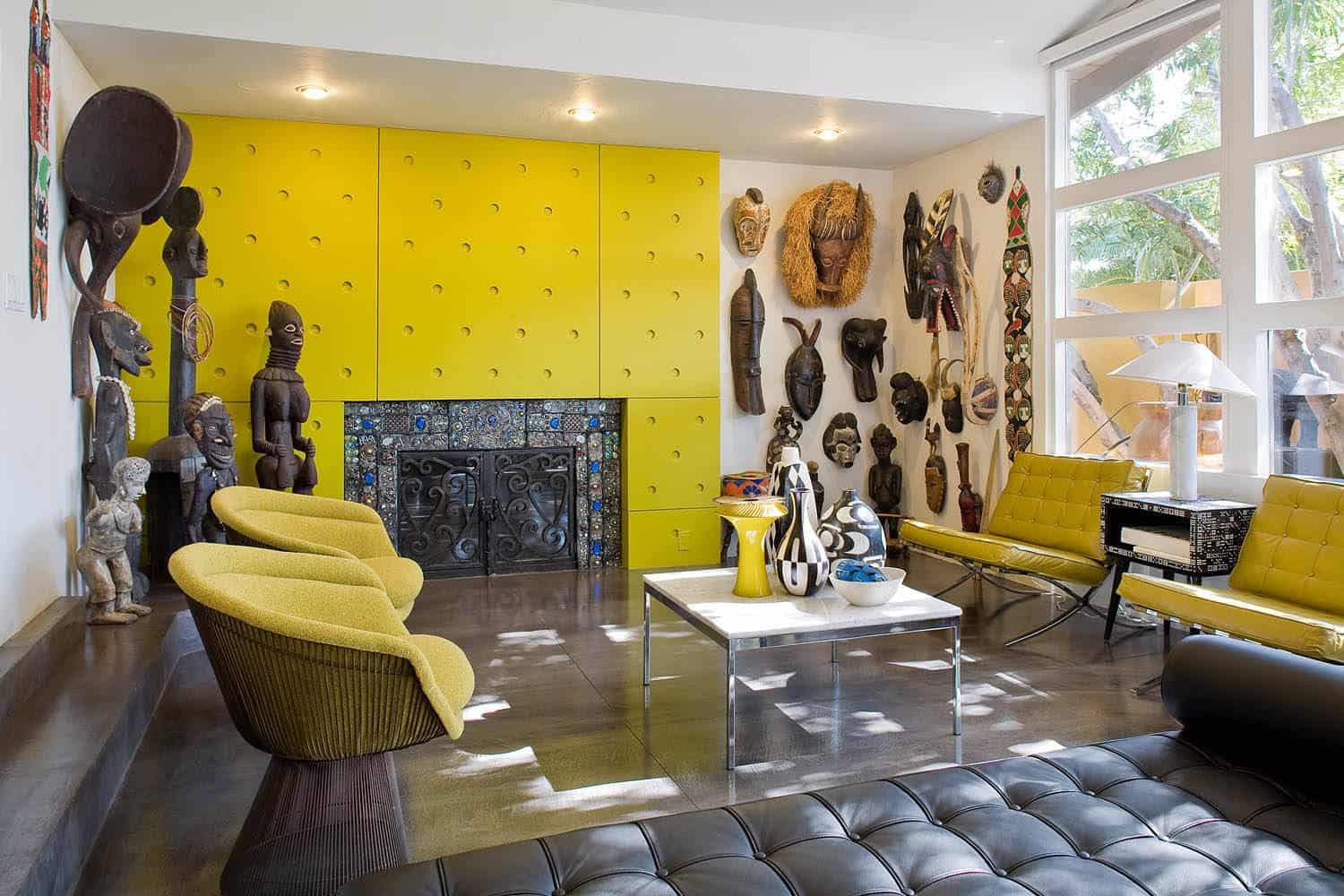Prune to control growth and wash thoroughly after handling the plant—all parts are toxic. The white flowering hedge also exudes a pleasant, sweet aroma.
Screen Hedge Plants, Neighbour disputes such as placing a trampoline right next to the fence, a light shining from. Often clipped or sheared it professes a uniformity that imbues structure and form into gardens.

Many times the first idea is to achieve dense and total screening treatments. An attractive flowering hedge, the lilly pilly can grow up to five meters in height. Hedges can be formal or informal. At its best it is informal and grows quickly to its intended height.
Hornbeam (carpinus betulus) is a very popular choice for screening and hedging.
It withstands frequent shearing and shaping into perfect geometric forms. The white flowering hedge also exudes a pleasant, sweet aroma. A hedge is inherently more formal. The syzygium smithii variety is commonly known as ‘neighbours be gone’. If you want a practical hedge as well as a pretty screen, you should not be without blackthorn (prunus spinosa). A formal hedge requires regular pruning and shaping.
 Source: moneypit.com
Source: moneypit.com
For hedge or screen use, cultivars such as ‘green shadow’ or ‘willowleaf bay’ are worth the hunt. At paramount plants and gardens we specialise in a variety of trees and shrubs which are suitable as screening either to form a neat boundary hedge or a tall evergreen screen above the fence line. Many times the first idea is to achieve.
 Source: screenhedgeplants.com.au
Source: screenhedgeplants.com.au
6 best screening hedge plant. Plant in your yard in full sun wherever you need a tall informal hedge that flowers in the summer. Hedging screens are the perfect alternative to fencing. This is often achieved by planting hedges and screens to divide areas into rooms. Boxwood is a popular hedging plant for formal gardens, low formal hedges, or privacy.
 Source: habitathorticulturepnw.com
Source: habitathorticulturepnw.com
However, i very rarely plant a monoculture when screening. Neighbour disputes such as placing a trampoline right next to the fence, a light shining from. One of the basic uses of plants is to enclose and define the boundaries of outdoor gardens and spaces. This is often achieved by planting hedges and screens to divide areas into rooms. Many times.
 Source: screenhedgeplants.com.au
Source: screenhedgeplants.com.au
The hibiscus plant produces showy summer flowers, and the boxwood provides winter privacy. Evergreen screening plants to block unsightly views. Neighbour disputes such as placing a trampoline right next to the fence, a light shining from. Dense evergreen foliage makes it perfect for blocking out nosy neighbours, being fast growing and dry tolerant, they are perfect for screening from tall.
 Source: screenhedgeplants.com.au
Source: screenhedgeplants.com.au
Boxwood is, probably, the most known and widely used plant for screening. Hedge plant is to find forms that have evergreen foliage (leaf retention can vary from deciduous to evergreen) and an upright growth habit. Prune to control growth and wash thoroughly after handling the plant—all parts are toxic. Plant any of these varieties for a hedge that will block.
 Source: screenhedgeplants.com.au
Source: screenhedgeplants.com.au
A formal hedge requires regular pruning and shaping. Many times the first idea is to achieve dense and total screening treatments. Hedges can be formal or informal. Before we sold privacy hedges, we worked many years servicing gardens within and beyond queensland. Hornbeam (carpinus betulus) is a very popular choice for screening and hedging.
 Source: plantsonlinesydney.com.au
Source: plantsonlinesydney.com.au
This is often achieved by planting hedges and screens to divide areas into rooms. A hedge is inherently more formal. The sloe, as this flowering hedge plant is also called, is not just a beautiful sight with its rich display of blossom from march to april but is extremely insect friendly too. Hedge plant is to find forms that have.
 Source: instanthedge.com
Source: instanthedge.com
The hibiscus plant produces showy summer flowers, and the boxwood provides winter privacy. Benefits of planting a privacy screening hedge. The white flowering hedge also exudes a pleasant, sweet aroma. Not only are our living hedge walls environmentally friendly, they are far more vsiually appealing than wooden fence panels. For hedge or screen use, cultivars such as ‘green shadow’ or.
 Source: pinterest.com
Source: pinterest.com
If you require an immediate screen, our instant hedging troughs can be planted all year round and are an excellent option as the plants have been grown as a clipped hedge on our nursery, forming a dense knitted screen for instant impact, giving the appearance of a mature hedge that has been planted many years. Also known as ‘lilly pillies’,.
 Source: hooksandlattice.com
Source: hooksandlattice.com
The white flowering hedge also exudes a pleasant, sweet aroma. For hedge or screen use, cultivars such as ‘green shadow’ or ‘willowleaf bay’ are worth the hunt. Before we sold privacy hedges, we worked many years servicing gardens within and beyond queensland. A natural screening plant with yellow fall color, carpinus holds its brown leaves through much of the winter.
 Source: flickr.com
Source: flickr.com
A formal hedge requires regular pruning and shaping. One of the basic uses of plants is to enclose and define the boundaries of outdoor gardens and spaces. Plants are planted side by side and clipped into natural or geometric shapes to function as a hedge. If you want a practical hedge as well as a pretty screen, you should not.
 Source: best4hedging.co.uk
Source: best4hedging.co.uk
Full sun (6) partial sun | shade (1) colors. A hedge is inherently more formal. Hedges can be formal or informal. Often clipped or sheared it professes a uniformity that imbues structure and form into gardens. A range of plants varieties that are ideal for hedges and screens from 1.
 Source: screenhedgeplants.com.au
Source: screenhedgeplants.com.au
Most plants sold are grown from seed, so they will display variation in plant traits. The hibiscus plant produces showy summer flowers, and the boxwood provides winter privacy. Screens and hedges are two different things but many of the same plants are applicable. If you require an immediate screen, our instant hedging troughs can be planted all year round and.
 Source: instanthedge.com
Source: instanthedge.com
For added beauty in a garden, some people grow rose of sharon plants in a boxwood hedge. It withstands frequent shearing and shaping into perfect geometric forms. Neighbour disputes such as placing a trampoline right next to the fence, a light shining from. A range of plants varieties that are ideal for hedges and screens from 1. Full sun (6).
 Source: centenarylandscaping.com.au
Source: centenarylandscaping.com.au
Once established, plants need little water to survive. Plants are planted side by side and clipped into natural or geometric shapes to function as a hedge. At its best it is informal and grows quickly to its intended height. Evergreen screening plants to block unsightly views. With its dense screen and fast growing habit, lillipilly can grow up to eight.
 Source: siteshade.com.au
Source: siteshade.com.au
Before we sold privacy hedges, we worked many years servicing gardens within and beyond queensland. I tend to use a combination of different plants, and arborvitae could be in the mix.’ growing tips: Boxwood is a popular hedging plant for formal gardens, low formal hedges, or privacy screens in small gardens. It is easy to grow and has wonderful resistance.
 Source: screenhedgeplants.com.au
Source: screenhedgeplants.com.au
Not only are our living hedge walls environmentally friendly, they are far more vsiually appealing than wooden fence panels. For hedge or screen use, cultivars such as ‘green shadow’ or ‘willowleaf bay’ are worth the hunt. For added beauty in a garden, some people grow rose of sharon plants in a boxwood hedge. Medium hedging & screening plants. Living walls.
 Source: greenearth-landscapes.com
Source: greenearth-landscapes.com
At paramount plants and gardens we specialise in a variety of trees and shrubs which are suitable as screening either to form a neat boundary hedge or a tall evergreen screen above the fence line. A hedge is inherently more formal. Once established, plants need little water to survive. Choose from one of these fast growing popular tried and proven.
 Source: pacificnurseries.com
Source: pacificnurseries.com
Evergreen screening plants to block unsightly views. Choose from one of these fast growing popular tried and proven screening plants. Screens and hedges are two different things but many of the same plants are applicable. Full sun (6) partial sun | shade (1) colors. Neighbour disputes such as placing a trampoline right next to the fence, a light shining from.
 Source: deavita.net
Source: deavita.net
It withstands frequent shearing and shaping into perfect geometric forms. This is often achieved by planting hedges and screens to divide areas into rooms. 6 best screening hedge plant. Regular pruning will help maintain the height you need. A range of plants varieties that are ideal for hedges and screens from 1.
 Source: deavita.net
Source: deavita.net
For added beauty in a garden, some people grow rose of sharon plants in a boxwood hedge. Many times the first idea is to achieve dense and total screening treatments. The sloe, as this flowering hedge plant is also called, is not just a beautiful sight with its rich display of blossom from march to april but is extremely insect.
 Source: pinterest.com
Source: pinterest.com
For added beauty in a garden, some people grow rose of sharon plants in a boxwood hedge. With space at a premium, many gardens now sit quite close to their neighbouring properties and screening hedges are a great way to create your own private oasis. You can learn more about hornbeam hedges here. A formal hedge requires regular pruning and.
 Source: mygardenlife.com
A formal hedge requires regular pruning and shaping. 6 best screening hedge plant. With its dense screen and fast growing habit, lillipilly can grow up to eight metres tall but should be pruned to thicken the foliage. Boxwood is an ideal evergreen choice for pots and planters. The white flowering hedge also exudes a pleasant, sweet aroma.
 Source: livingprops.co.uk
Source: livingprops.co.uk
Hedge plant is to find forms that have evergreen foliage (leaf retention can vary from deciduous to evergreen) and an upright growth habit. I tend to use a combination of different plants, and arborvitae could be in the mix.’ growing tips: Boxwood is an ideal evergreen choice for pots and planters. Plant this shrub as a privacy screen or informal.
 Source: screenhedgeplants.com.au
Source: screenhedgeplants.com.au
The sloe, as this flowering hedge plant is also called, is not just a beautiful sight with its rich display of blossom from march to april but is extremely insect friendly too. The hibiscus plant produces showy summer flowers, and the boxwood provides winter privacy. Once established, plants need little water to survive. Boxwood is a popular hedging plant for.








